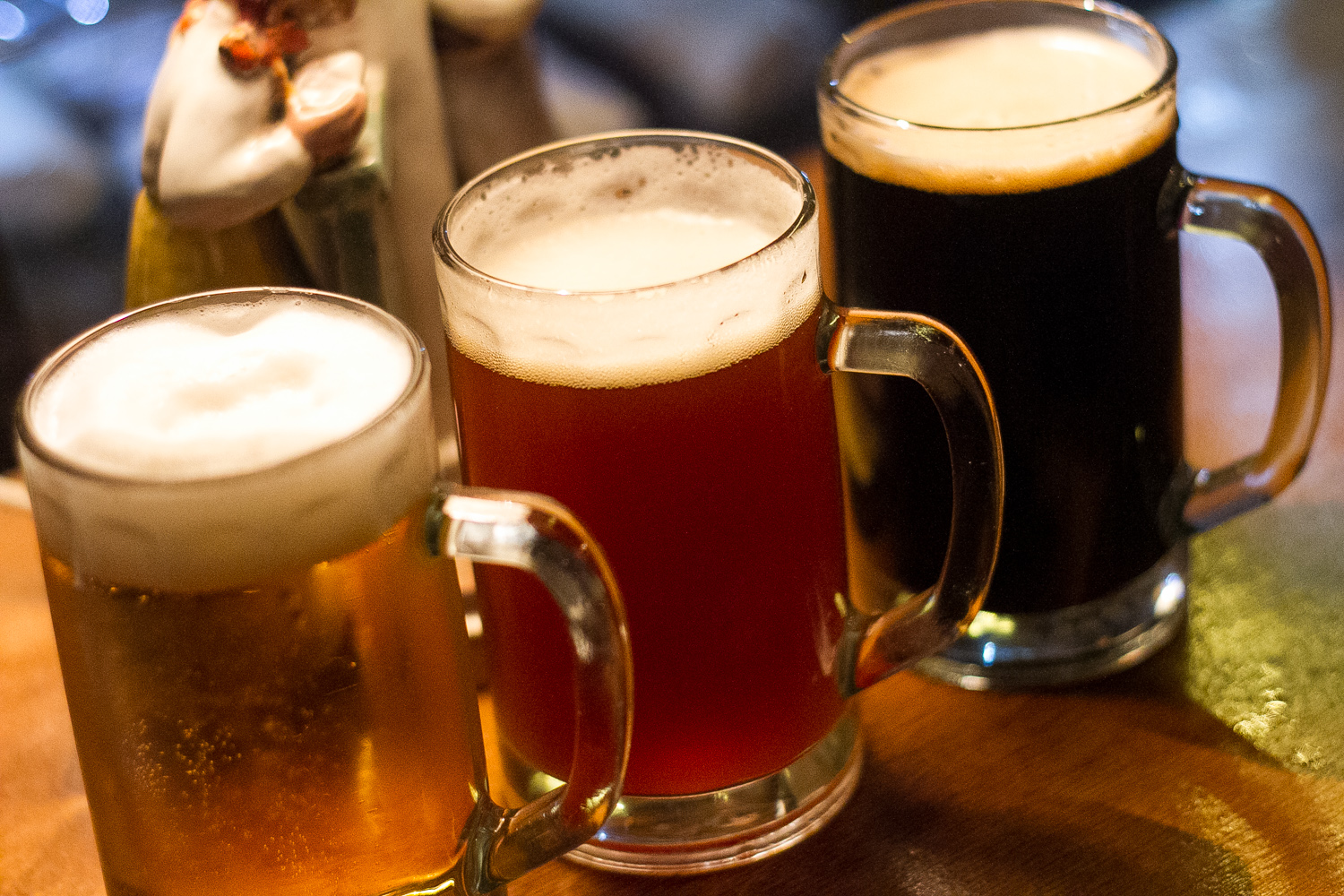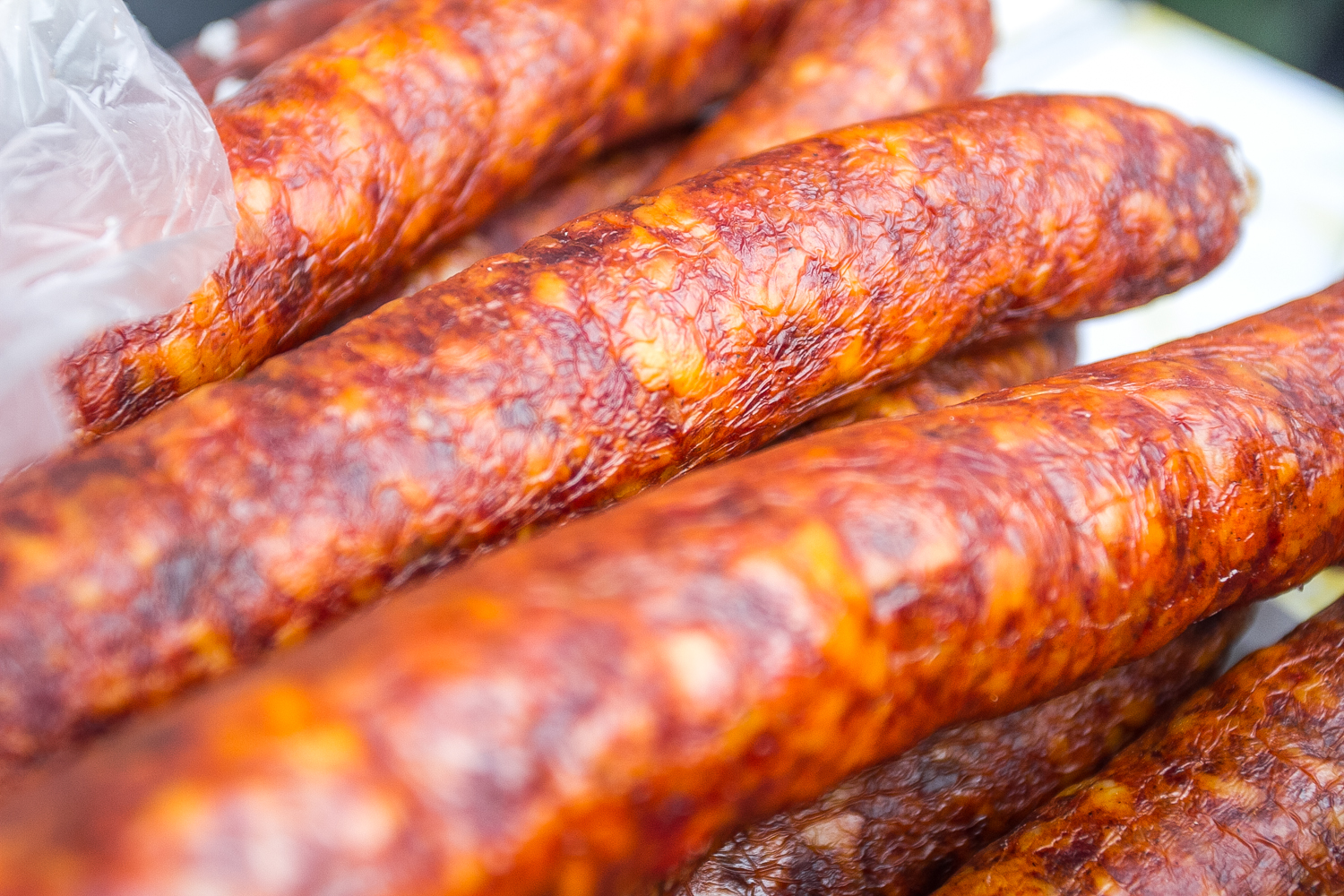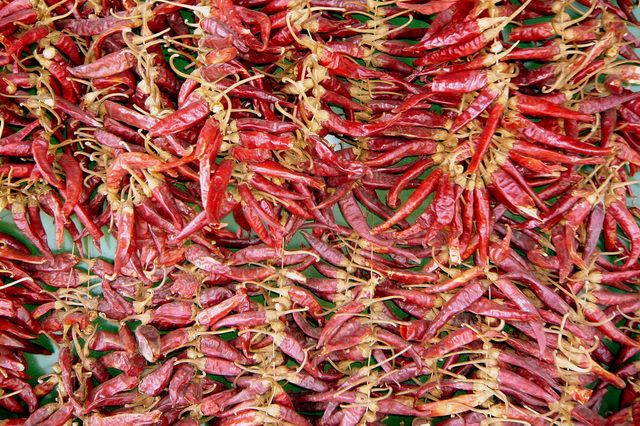1/11
Don't refuse the pálinka
The most important thing to remember is that if you are ever offered a shot of pálinka you must drink it. Even if it's your third shot, or if it's home made and not very good, you still must drink it. This is the case for the host's home made wine too. Happily, home-made pálinka can actually be great. Egészségedre!
2/11
A polite greeting
It's polite to say 'kezét csókolom' when greeting an older woman. This literally means 'I kiss your hand' but you don't actually need to kiss anyone on the hand. It's also polite to take flowers to the female host and a bottle of wine to the male host.
3/11
Never 'cheers' with beer
In Hungary people don't clink beer glasses. Legend has it, that when Hungary's 1848 revolution against the Habsburgs was defeated, the Austrians celebrated in Vienna by toasting and clinking their beer glasses. Hungarians vowed not to cheers with beer for 150 years. While that time frame is over - Hungarians still don't 'cheers' with beer.
Nevertheless with any other alcoholic beverage like wine or pálinka it's considered rude not to look the other person in the eye when saying cheers ('egészségedre'). People will literally have their eyes wide open and protruding as they clink glasses to make sure you know that they're looking at you, and that they know that you're looking at them.
4/11
Beware these two topics:
Politics and sport. The family you visit will either avoid these two controversial topics like the plague, or want to talk about nothing else! Unless you're certain what side of politics they fall on and what football team they support, proceed with caution.
5/11
Perfect the art of listening
You may not have to talk much. It's likely one of the old guys there will start talking, non-stop, about what they were doing during the 1956 Hungarian revolution against the Soviet occupation, or in 1989 when the Iron Curtain fell. Oh and they might even pull out an old socialist-era album and show you all their childhood photos. Also you'll hear all about famous Hungarian inventions like the Rubik's cube and the Biro pen. And practically every famous person known to man will have some kind of Hungarian heritage. Oh and while we're at it they'll probably mention that Hungarian is the hardest language to learn. There'll always be a tiring great uncle who'll try and make everyone laugh by telling stories about the time he travelled through Yugoslavia in the boot of a Trabant. It'll be fun!
6/11
The food to expect:
For most Hungarians lunch is the most important meal of the day, so you're more than likely to be invited for this meal. But no matter whether it's lunch or dinner expect some kind of savoury baked treat like a pogácsa or sós stangli to begin with. These are salt, cheese or bacon flavoured pastries. If you're lucky these won't be dried out but soft on the inside, crunchy on the outside and simply delicious. Still don't go overboard because there's so much more food to come. Firstly there's soup - generally a chicken or meat broth, but in summer it could be a fruit soup. This is followed by a main which probably includes a combination of meat, potatoes and cabbage. It could also be beef stew called a 'pörkölt' or a tomato and paprika stew called 'lecsó'. There is likely to be pickles or a cucumber salad on the side. Remember there'll be paprika on everything - even the cucumber salad (!!), and there'll be hot paprika you can add yourself.
If that's not enough dessert is often a cake or a slice - possibly even more than one kind. And if you stay long enough a plate of pogácsa or sós stangli will mysteriously reappear on the table. But if it's very late at night and the pálinka has been flowing then fatty bacon, dried sausage known as 'kolbász' with slices of tomato and paprika and fresh white bread could also make an appearance. Needless to say the main event is food, and you won't leave hungry.
7/11
Just when you thought you'd eaten enough:
Don't be surprised when, after you've stuffed yourself with 6 huge portions, that the grandma still thinks you're skinny and that you haven't eaten enough. You're likely to be offered cakes or even a few large portions of meat and potato to take home in a nylon tub. It's not worth fighting this - no matter what you say, you'll always end up taking home the tub.
8/11
There's more...
Not only that, after the meal when everyone's leaving, the grandma is likely to produce - from some unknown place - a box of chocolates from 1987 that she'll try and ply you with, just to make sure you're definitely not hungry.
9/11
Grandma in the kitchen
It seems almost every single grandma wears a blue and white flower-patterned apron, and white clog slippers. Plus if she's working from a recipe book it's likely to be a notebook of hand written instructions that has passed down from her mum, and her mum before that. If it's summer and there's a garden the man of the house might be cooking from a big cauldron known as a 'bogrács' .
10/11
Home decorations
While Hungarian homes come in all shapes and sizes there are a few decorations that are fairly typical. There'll be a plastic table cover protecting the kitchen table, while an elaborate lace tablecloth will be on the main dining table. Particularly if visiting older people, expect to find Hungarian porcelain from Herend or Zsolnay, and richly embroidered quilts and pillows. In some homes you might even find sausage or paprika hanging somewhere drying out. Many homes also have a carved woven 'Házi Áldás' or Hungarian home blessing in the kitchen.












